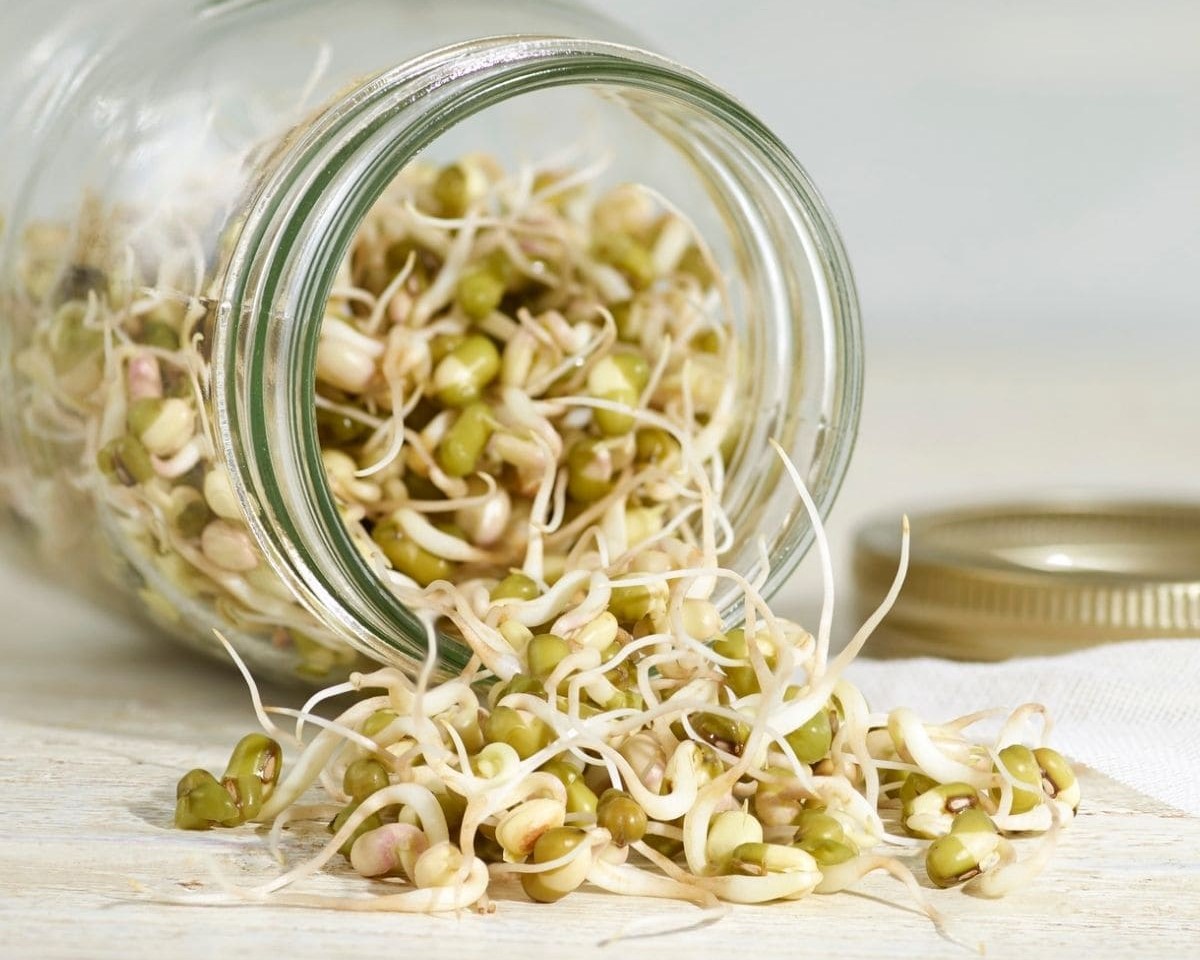

Articles
How To Store Bean Sprouts
Modified: May 6, 2024
Learn the best practices for storing bean sprouts with these informative articles. Keep your sprouts fresh and crunchy for longer!
(Many of the links in this article redirect to a specific reviewed product. Your purchase of these products through affiliate links helps to generate commission for Storables.com, at no extra cost. Learn more)
Introduction
Welcome to this comprehensive guide on how to store bean sprouts. Bean sprouts are a delicious and nutritious addition to many dishes, providing a crunchy texture and a unique flavor. Whether you grow your own bean sprouts at home or purchase them from a store, proper storage is essential to maintain their freshness and extend their shelf life.
As with any fresh produce, bean sprouts can spoil quickly if not stored correctly. The good news is that with the right techniques, you can keep your bean sprouts fresh for longer, ensuring you always have them on hand for your favorite recipes.
In this article, we will explore the benefits of consuming bean sprouts, why proper storage is important, factors that affect their shelf life, different storage methods, tips for maintaining their freshness, and how to use stored bean sprouts effectively. By following the tips provided, you can maintain the quality of your bean sprouts and reduce food waste.
So, let’s dive in and learn how to store bean sprouts to prolong their freshness and enjoy their deliciousness to the fullest!
Key Takeaways:
- Extend the shelf life of bean sprouts by storing them in the refrigerator, freezing them, using vacuum-sealed bags, or storing them in water. Proper preparation and cleanliness are key to maintaining freshness and flavor.
- Incorporate stored bean sprouts into stir-fries, salads, soups, spring rolls, sandwiches, and more to add a fresh crunch and boost of nutrition to your meals. Proper storage and creative usage can maximize their deliciousness and health benefits.
Read more: How To Store Mung Bean Sprouts
Benefits of Bean Sprouts
Bean sprouts are not only tasty but also have numerous health benefits. These tiny, crunchy sprouts are packed with essential nutrients that can contribute to your overall well-being. Here are some of the key benefits of including bean sprouts in your diet:
- Rich in Nutrients: Bean sprouts are an excellent source of vitamins, minerals, and antioxidants. They are particularly high in vitamin C, vitamin K, folate, and fiber. These nutrients play a crucial role in supporting a healthy immune system, promoting digestion, and maintaining optimal cardiovascular health.
- Low in Calories: If you’re watching your calorie intake, bean sprouts are a great option. They are low in calories and can be a satisfying addition to your meals without adding excess weight or compromising your weight loss goals.
- Aids Digestion: The high fiber content in bean sprouts promotes healthy digestion by preventing constipation and promoting regular bowel movements. Fiber also helps maintain a healthy gut by supporting the growth of beneficial gut bacteria.
- Supports Weight Loss: Due to their low calorie and high fiber content, bean sprouts are an excellent choice for anyone looking to shed a few pounds. They provide a feeling of fullness and help control appetite, reducing the likelihood of overeating or snacking on unhealthy foods.
- Boosts Heart Health: Bean sprouts are a good source of potassium and magnesium, both of which are essential for maintaining a healthy heart. These minerals help regulate blood pressure levels and reduce the risk of cardiovascular diseases, such as heart attacks and strokes.
- Provides Antioxidants: Antioxidants are compounds that help protect your body against oxidative stress and damage caused by harmful free radicals. Bean sprouts contain various antioxidants, such as vitamin C and flavonoids, which can help reduce the risk of chronic diseases, including cancer and heart disease.
Incorporating bean sprouts into your diet can not only add a delicious crunch to your meals but also provide your body with an array of health benefits. So, let’s learn how to store these nutritious sprouts properly to maximize their freshness and reap their incredible advantages.
Why Proper Storage is Important
Proper storage of bean sprouts is crucial to maintain their freshness, flavor, and nutritional value. Here are a few reasons why it’s important to store bean sprouts correctly:
- Prevent Spoilage: Bean sprouts are highly perishable and can spoil quickly if not stored properly. Proper storage techniques help to slow down the deterioration process and extend the shelf life of the sprouts. This allows you to enjoy them for a longer period, reducing food waste and saving money.
- Maintain Freshness: Storing bean sprouts appropriately helps maintain their freshness, crunch, and flavor. When stored incorrectly, bean sprouts can become limp, mushy, and develop an unpleasant odor. By using the right storage methods, you can preserve the sprouts’ quality and enjoy their delicious taste in your dishes.
- Retain Nutritional Value: Bean sprouts are packed with essential nutrients, including vitamins, minerals, and antioxidants. However, these nutrients can diminish over time if not stored correctly. By storing bean sprouts properly, you can help retain their nutritional value and ensure you’re getting the maximum health benefits when consuming them.
- Prevent Contamination: Bean sprouts are susceptible to bacterial growth, especially if they are not stored in clean and hygienic conditions. Proper storage methods help to minimize the risk of contamination, ensuring that the sprouts are safe to eat and reducing the chances of foodborne illnesses.
- Convenience and Accessibility: Storing bean sprouts correctly allows you to have them readily available whenever you need them. It saves you time and effort by eliminating the need for frequent trips to the grocery store. Whether for a quick stir-fry or a refreshing salad, having stored bean sprouts on hand makes meal preparation much more convenient.
By understanding the importance of proper storage, you can maximize the freshness, flavor, and nutrients of your bean sprouts. Now let’s delve into the factors that can affect the shelf life of bean sprouts and learn how to prepare them for storage.
Factors Affecting Shelf Life
Several factors can influence the shelf life of bean sprouts. It’s important to be aware of these factors to ensure you store your sprouts in the most optimal conditions. Here are some key factors that can impact the shelf life of bean sprouts:
- Freshness at Purchase: The freshness of bean sprouts at the time of purchase plays a significant role in determining their shelf life. If you buy bean sprouts that are already several days old, their lifespan may be shorter compared to freshly harvested sprouts.
- Hygiene and Cleanliness: Maintaining proper hygiene and cleanliness throughout the process of growing and handling bean sprouts is crucial. Contamination from bacteria, mold, or other pathogens can significantly reduce the shelf life of sprouts and pose health risks.
- Temperature and Storage Conditions: Temperature is one of the most critical factors in determining the shelf life of bean sprouts. Storing them in a cool environment is key to preserving their freshness. Exposure to high temperatures can accelerate spoilage and bacterial growth, leading to a shorter shelf life.
- Humidity: Bean sprouts thrive in a humid environment during their growth phase, but excessive humidity during storage can cause them to become mushy and spoil quickly. Finding the right balance of humidity is essential to maintaining their crispness and prolonging their shelf life.
- Container Choice: The container in which you store bean sprouts can make a significant difference in their shelf life. Using a container that allows for proper air circulation and moisture control is crucial. Containers that trap moisture or restrict airflow can lead to faster spoilage.
- Contamination: Contamination can occur during the growing, harvesting, or handling process. It’s important to ensure that all equipment and surfaces are clean and sanitized to minimize the risk of bacterial or mold growth, which can shorten the shelf life of the sprouts.
By understanding these factors, you can take the necessary steps to optimize the storage conditions for your bean sprouts. The next section will guide you on how to prepare bean sprouts for storage using proper techniques.
Preparing Bean Sprouts for Storage
Before you store bean sprouts, it’s essential to properly prepare them to ensure they stay fresh and maintain their quality. Here are the steps to follow when preparing bean sprouts for storage:
- Trimming: Start by inspecting the bean sprouts and removing any discolored or wilted sprouts. Use a pair of clean kitchen scissors or your hands to trim off the ends of the sprouts if needed. This helps remove any damaged or less desirable sprouts that could cause the rest of the batch to spoil quickly.
- Cleaning: Gently rinse the bean sprouts under cold water to remove any dirt, debris, or loose seed hulls. Be careful not to handle them too roughly, as bean sprouts are delicate. Use your fingers or a soft-bristle brush to remove any stubborn debris if necessary. Make sure to rinse them thoroughly to ensure they are completely clean.
- Drying: After cleaning, it’s crucial to dry the bean sprouts thoroughly. Excess moisture can promote bacterial growth and lead to spoilage. You can use a clean kitchen towel or paper towels to gently blot the sprouts and remove any remaining water droplets. Alternatively, you can use a salad spinner to spin off the excess moisture.
- Separating: If you have purchased bean sprouts in bulk, it’s best to separate them into small batches for storage. This makes it easier to handle and use only what you need, without exposing the entire batch to potential spoilage.
- Storage Preparation: Depending on your preferred storage method, you may need to prepare appropriate containers or packaging. Make sure the containers are clean and dry before adding the bean sprouts. Select containers that allow for proper airflow and moisture control to maximize the shelf life of the sprouts.
By following these steps, you can ensure that your bean sprouts are clean, dry, and ready for storage. Now let’s explore the different methods you can use to store bean sprouts effectively.
Read more: How To Store Fresh Bean Sprouts
Recommended Storage Methods
Proper storage methods play a crucial role in prolonging the shelf life of bean sprouts. Here are several recommended storage methods to keep your bean sprouts fresh:
- Refrigerator: Storing bean sprouts in the refrigerator is one of the most common and effective methods. Place the bean sprouts in a breathable container or perforated plastic bag to allow for air circulation. Keep them in the vegetable compartment or in a cool part of the fridge, ideally between 34-40°F (1-4°C). This method can help maintain freshness for up to 3-5 days.
- Freezing: Another option is to freeze bean sprouts. Before freezing, blanch the sprouts by placing them in boiling water for a brief moment, then immediately transferring them to ice water. This process helps preserve their texture and color. After blanching, drain the sprouts well and pack them into airtight freezer bags or containers. Frozen bean sprouts can last for up to 3 months, but their texture may become slightly softer after thawing.
- Vacuum-Sealed Bags: Vacuum-sealing is an excellent method for extending the shelf life of bean sprouts. Place the clean and dry sprouts in vacuum-seal bags and use a vacuum sealer to remove excess air. This method helps create a tightly sealed package, preserving their freshness and preventing the growth of bacteria. Vacuum-sealed bean sprouts can last for up to 7-10 days when stored in the refrigerator.
- Water Storage: Storing bean sprouts in water is a less common method but can help maintain their freshness. Place the bean sprouts in a container filled with clean, cold water. Make sure the sprouts are completely submerged. Change the water daily to prevent bacteria build-up and keep the sprouts fresh. This method can extend the shelf life of bean sprouts by around 2-3 days.
When choosing the storage method that works best for you, consider factors such as convenience, available space, and the desired shelf life of the sprouts. Regardless of the method you choose, make sure to monitor the sprouts regularly and discard any that show signs of spoilage.
In the next sections, we will discuss in more detail the steps to store bean sprouts in the refrigerator, freeze them, use vacuum-sealed bags, and store them in water.
Storing Bean Sprouts in the Refrigerator
Storing bean sprouts in the refrigerator is a simple and effective method to keep them fresh for an extended period. Follow these steps to properly store bean sprouts in the refrigerator:
- Prepare the Sprouts: After cleaning and drying the bean sprouts, trim any damaged ends and discard any discolored or wilted sprouts.
- Select a Container: Choose a breathable container or perforated plastic bag to store the sprouts. This allows for proper air circulation, preventing moisture build-up and maintaining their freshness.
- Place in the Refrigerator: Put the prepared bean sprouts in the container and place them in the vegetable compartment or a cool part of the refrigerator. The recommended temperature range is between 34-40°F (1-4°C).
- Monitor and Use Within 3-5 Days: Check the sprouts regularly for any signs of spoilage, such as a slimy texture or foul smell. Use the oldest sprouts first to ensure you consume them before they start to deteriorate.
By storing bean sprouts in the refrigerator, you can enjoy their freshness for up to 3-5 days. Remember to keep the container or bag clean, and if you notice any signs of spoilage, discard the affected sprouts to prevent the spread of bacteria.
In the next section, we will explore the process of freezing bean sprouts for longer-term storage.
To store bean sprouts, place them in a resealable plastic bag with a paper towel to absorb excess moisture. Keep them in the refrigerator and use within 2-3 days for the best quality.
Freezing Bean Sprouts
Freezing bean sprouts is an excellent option if you want to extend their shelf life for several months. Follow these steps to freeze bean sprouts:
- Blanch the Sprouts: Start by blanching the bean sprouts to preserve their texture and color. Bring a pot of water to a rolling boil and carefully add the sprouts. Let them blanch for about 1-2 minutes.
- Ice Bath: Immediately transfer the blanched sprouts to a bowl of ice water to stop the cooking process. This helps retain their crispness and locks in their vibrant green color.
- Drain and Dry: Drain the sprouts well after the ice bath to remove excess moisture. Gently pat them dry with a clean kitchen towel or paper towels. Make sure they are thoroughly dry before proceeding to the next step.
- Packaging: Place the blanched and dried bean sprouts into freezer-safe bags or airtight containers. Fill the bags or containers loosely, leaving some room for expansion during freezing. This prevents the sprouts from sticking together in a solid clump.
- Label and Freeze: Label the bags or containers with the current date and place them in the freezer. Ensure they lie flat to maximize freezer space. Frozen bean sprouts can be kept for up to 3 months.
When you’re ready to use the frozen bean sprouts, thaw them in the refrigerator overnight or by placing them in a bowl of cold water. After thawing, use them in your favorite recipes just as you would with fresh bean sprouts.
Freezing bean sprouts allows you to enjoy their crispness and nutritional benefits for an extended period, giving you flexibility in meal planning and reducing the risk of waste. In the next section, we will discuss storing bean sprouts in vacuum-sealed bags.
Storing Bean Sprouts in a Vacuum-Sealed Bag
Using a vacuum-sealed bag is an effective method to store bean sprouts and maintain their freshness for an extended period. Here’s how to store bean sprouts in a vacuum-sealed bag:
- Prepare the Sprouts: After cleaning and drying the bean sprouts, trim any damaged ends and discard any discolored or wilted sprouts.
- Select a Vacuum-Seal Bag: Choose a high-quality vacuum-seal bag that is appropriate for food storage. Ensure the bag is clean and dry before placing the sprouts inside.
- Add the Sprouts: Fill the vacuum-seal bag with the prepared bean sprouts. It’s preferable to pack them loosely to allow for proper air circulation and ensure they don’t get crushed during the vacuum-sealing process.
- Seal the Bag: Following the instructions provided with your vacuum sealer, seal the bag. The vacuum sealer will remove the air from the bag, creating a tight seal that helps preserve the freshness of the sprouts.
- Store in the Refrigerator: Place the vacuum-sealed bag of bean sprouts in the refrigerator. The recommended temperature range for storage is between 34-40°F (1-4°C).
- Monitor and Use Within 7-10 Days: Check the vacuum-sealed bag regularly for any signs of spoilage, such as a slimy texture or unpleasant odor. Use the oldest sprouts first to ensure you consume them before their quality starts to deteriorate.
Storing bean sprouts in a vacuum-sealed bag helps to prevent the growth of bacteria, extend their shelf life, and maintain their freshness. This method can keep bean sprouts fresh for up to 7-10 days in the refrigerator.
In the next section, we will explore an alternative method of storing bean sprouts in water.
Read more: How To Store Sprouts After Sprouting
Storing Bean Sprouts in Water
Storing bean sprouts in water is a unique method that can help maintain their freshness and crunch. Here’s how to store bean sprouts in water:
- Prepare the Sprouts: After cleaning and drying the bean sprouts, trim any damaged ends and discard any discolored or wilted sprouts.
- Select a Container: Choose a clean and airtight container that is large enough to accommodate the sprouts and water. Glass jars or food-grade plastic containers work well for this method.
- Add Water: Fill the container with clean, cold water. Ensure that there is enough water to completely submerge the bean sprouts.
- Place the Sprouts: Gently place the prepared bean sprouts into the water-filled container, making sure they are completely submerged. Avoid overcrowding the sprouts to ensure there is enough space for proper water circulation.
- Change the Water: Change the water daily or every couple of days to prevent the growth of bacteria and maintain freshness. Discard the old water and refill the container with fresh, cold water.
- Store in the Refrigerator: Place the container with the bean sprouts and water in the refrigerator. This method helps in maintaining their freshness and crispness.
- Monitor and Use Within 2-3 Days: Check the container regularly for any signs of spoilage, such as a slimy texture or off-putting odor. Use the oldest sprouts first to ensure you consume them before they start to deteriorate.
Storing bean sprouts in water can help maintain their freshness and crunch for an additional 2-3 days. However, it’s important to regularly change the water to prevent bacterial growth and ensure the sprouts remain safe to consume.
Now that you know various storage methods, let’s move on to some tips for maintaining the freshness of your stored bean sprouts.
Tips for Maintaining Freshness
To ensure the freshness and quality of your stored bean sprouts, consider the following tips:
- Store Fresh Sprouts: Begin with fresh, high-quality bean sprouts. The fresher they are at the time of purchase or harvest, the longer they will stay fresh during storage.
- Remove Spoiled Sprouts: Regularly inspect your stored bean sprouts and remove any sprouts that show signs of spoilage, such as sliminess, discoloration, or a strong odor. Removing spoiled sprouts helps prevent the spread of bacteria to the remaining sprouts.
- Keep Sprouts Dry: Ensure that the bean sprouts are thoroughly dried before storing them. Excess moisture can cause them to become mushy and prone to spoilage. Gently blot them dry with a clean kitchen towel or use a salad spinner to remove excess water.
- Optimize Refrigerator Conditions: If storing bean sprouts in the refrigerator, set the temperature between 34-40°F (1-4°C). Additionally, make sure the refrigerator isn’t overcrowded, as proper air circulation helps maintain the freshness of the sprouts.
- Avoid Exposure to Ethylene: Ethylene gas can speed up the ripening process and spoil the bean sprouts. Keep them away from ethylene-producing fruits, such as apples, bananas, and tomatoes.
- Ensure Clean Storage Containers: Use clean, airtight containers or bags for storage. Regularly wash, sanitize, and dry the containers to prevent cross-contamination or the growth of mold or bacteria.
- Minimize Handling: Excessive handling can damage the sprouts and promote faster spoilage. Handle them gently when washing, drying, and transferring to storage containers.
- Label and Rotate: If storing several batches of bean sprouts, label each container with the date of storage. Always use the oldest batch first to ensure they are consumed before fresher sprouts.
- Store in Small Batches: Whenever possible, store bean sprouts in smaller portions or individual serving sizes. This allows you to use only what you need, reducing the exposure of the remaining sprouts to spoilage.
- Store Properly: Follow the recommended storage methods discussed earlier in this guide, whether it’s in the refrigerator, freezer, vacuum-sealed bags, or water.
By following these tips, you can ensure the freshness and quality of your stored bean sprouts, reducing food waste and maximizing their shelf life. Now, let’s move on to the next section and learn how to use the stored bean sprouts effectively.
Using Stored Bean Sprouts
Stored bean sprouts can be a convenient and versatile ingredient to add to a variety of dishes. Here are some ideas on how to use your stored bean sprouts:
- Stir-fries: Bean sprouts are a classic addition to stir-fries. Toss them in with your favorite vegetables, protein, and seasonings for a quick and nutritious meal.
- Salads: Add a fresh crunch to your salads by incorporating bean sprouts. They pair well with leafy greens, cucumbers, carrots, and a tangy dressing.
- Soups and Noodle Dishes: Enhance the texture and flavor of your soups and noodle dishes by topping them with a handful of bean sprouts. They bring a delightful crunch to the dish.
- Spring Rolls: Bean sprouts make an excellent filling for spring rolls. Combine them with other vegetables, protein, and herbs, and roll them up in rice paper for a healthy and refreshing appetizer or light meal.
- Sandwiches and Wraps: Add a layer of bean sprouts to your sandwiches or wraps for an extra crunch and a boost of nutrition.
- Asian-Inspired Bowls: Create nourishing grain or rice bowls with bean sprouts as one of the components. Combine them with cooked grains, protein, vegetables, and your favorite sauces or dressings.
- Omelets and Scrambles: Sprinkle a handful of bean sprouts into your omelets or scrambled eggs for added texture and a nutritious twist.
- Garnish: Use bean sprouts as a colorful and fresh garnish for various dishes, from soups to rice bowls to noodle dishes. They add an attractive visual appeal.
These are just a few ideas to inspire you to use your stored bean sprouts. Be creative and experiment with different recipes to make the most out of this versatile ingredient. Remember to thoroughly wash and rinse the stored sprouts before using them, even if they have been stored in water.
Now, let’s wrap up this guide and summarize what we have learned!
Conclusion
Proper storage is essential to maintaining the freshness, flavor, and nutritional value of bean sprouts. By following the recommended storage methods and implementing a few tips, you can extend the shelf life of your bean sprouts and reduce food waste.
We explored various storage methods, including storing bean sprouts in the refrigerator, freezing them, using vacuum-sealed bags, and storing them in water. Each method offers its own benefits and allows you to choose the most suitable option based on your needs and available resources.
Remember to properly prepare the bean sprouts by trimming, cleaning, and drying them before storage. This helps remove any damaged or wilted sprouts and prevents the excess moisture that can lead to spoilage.
Additionally, maintaining cleanliness and hygiene throughout the storage process is crucial. Clean and sanitize storage containers regularly, and discard any sprouts that show signs of spoilage to prevent the spread of bacteria.
Once you have properly stored your bean sprouts, explore different ways to incorporate them into your meals. From stir-fries and salads to soups and sandwiches, bean sprouts can add a fresh crunch and nutritional boost to a variety of dishes.
By following these guidelines, you can make the most out of your bean sprouts and enjoy their deliciousness and health benefits for an extended period.
So, take the time to store your bean sprouts properly, keep them fresh, and savor their crunchy texture and unique flavor in your favorite recipes. Happy cooking!
Now that you've got the scoop on keeping bean sprouts crisp, why stop there? Dive into our guide on best practices for vegetable storage to learn how to keep all your veggies fresh until next year. Or, if you're wrestling with cramped cooking space, discover effective small kitchen organization tips that will transform your tiny kitchen into a model of efficiency and ease. Both articles are packed with practical tips that are sure to make life in the kitchen a breeze!
Frequently Asked Questions about How To Store Bean Sprouts
Was this page helpful?
At Storables.com, we guarantee accurate and reliable information. Our content, validated by Expert Board Contributors, is crafted following stringent Editorial Policies. We're committed to providing you with well-researched, expert-backed insights for all your informational needs.
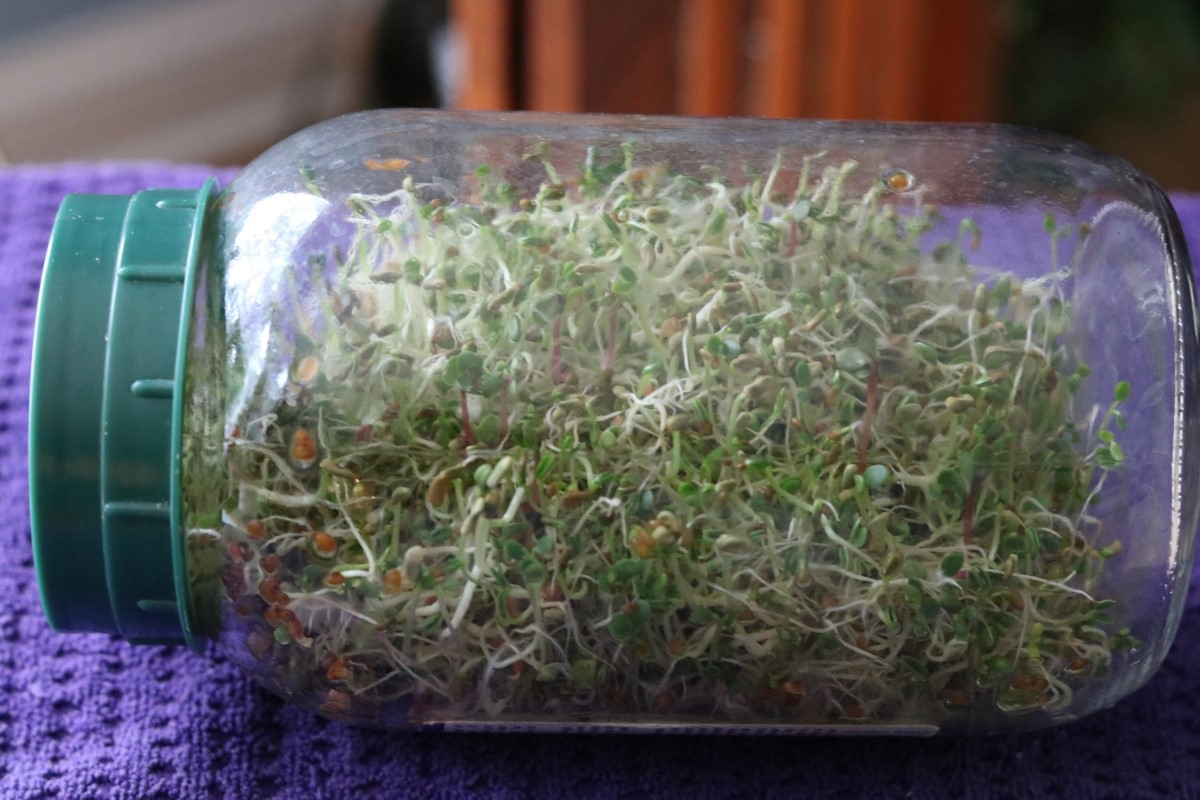

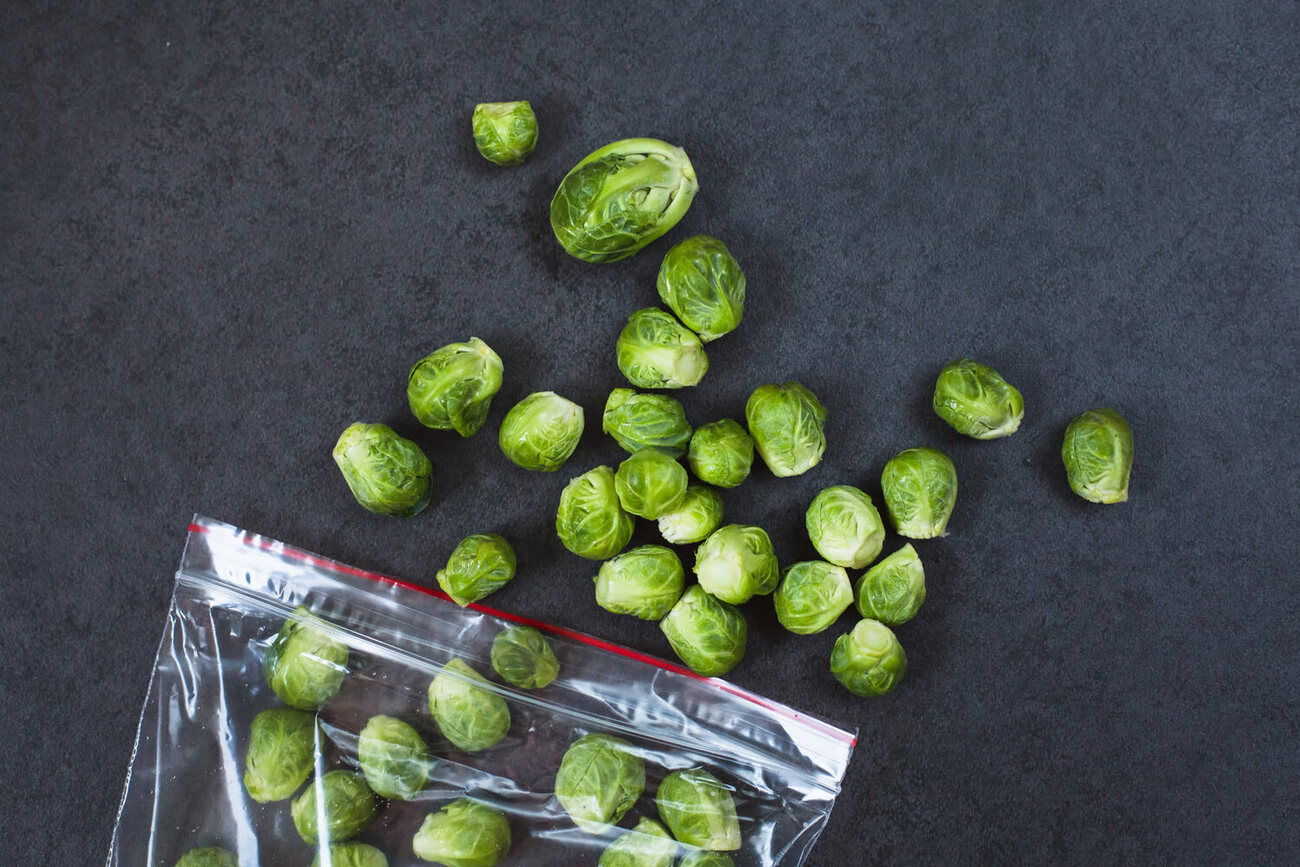
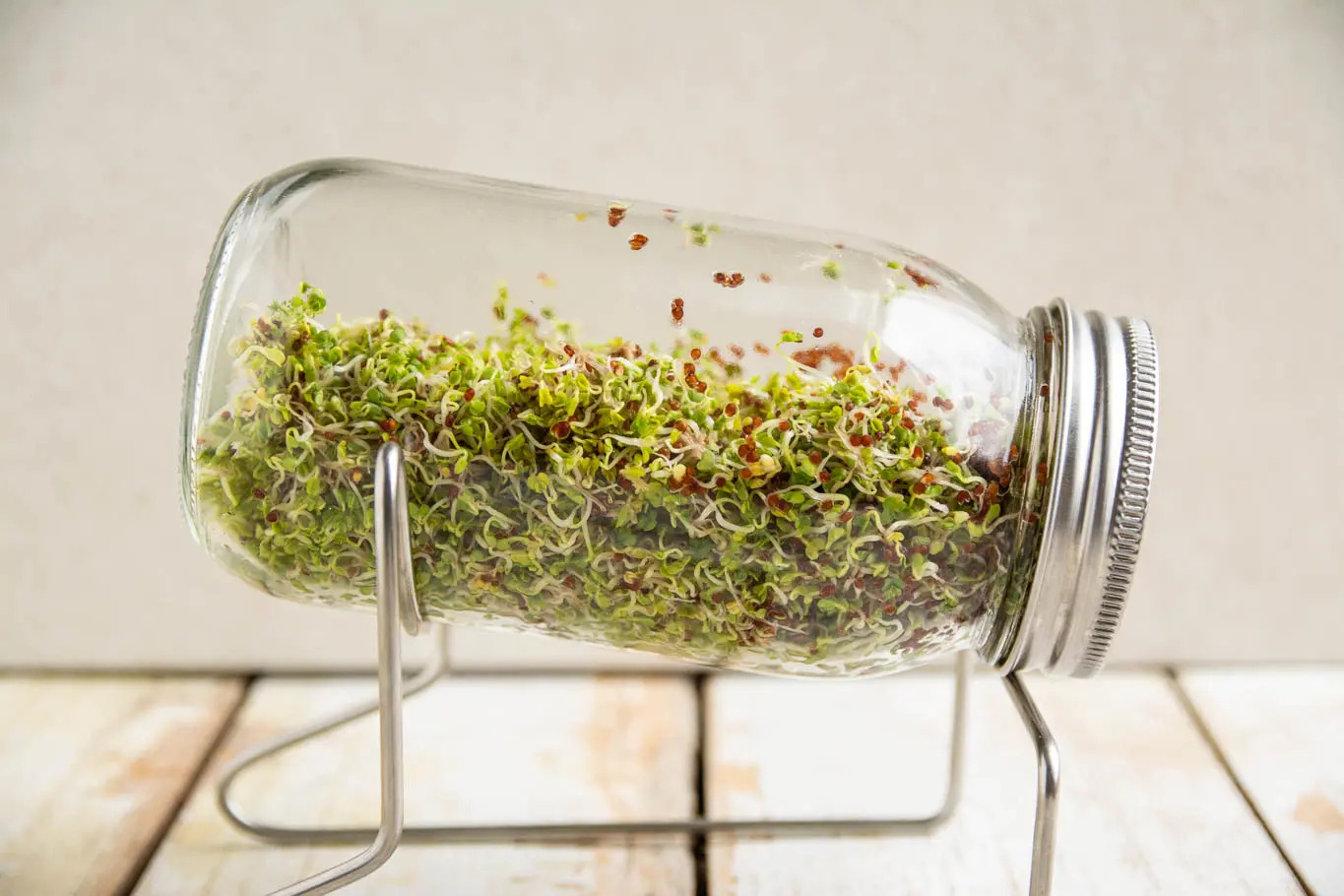
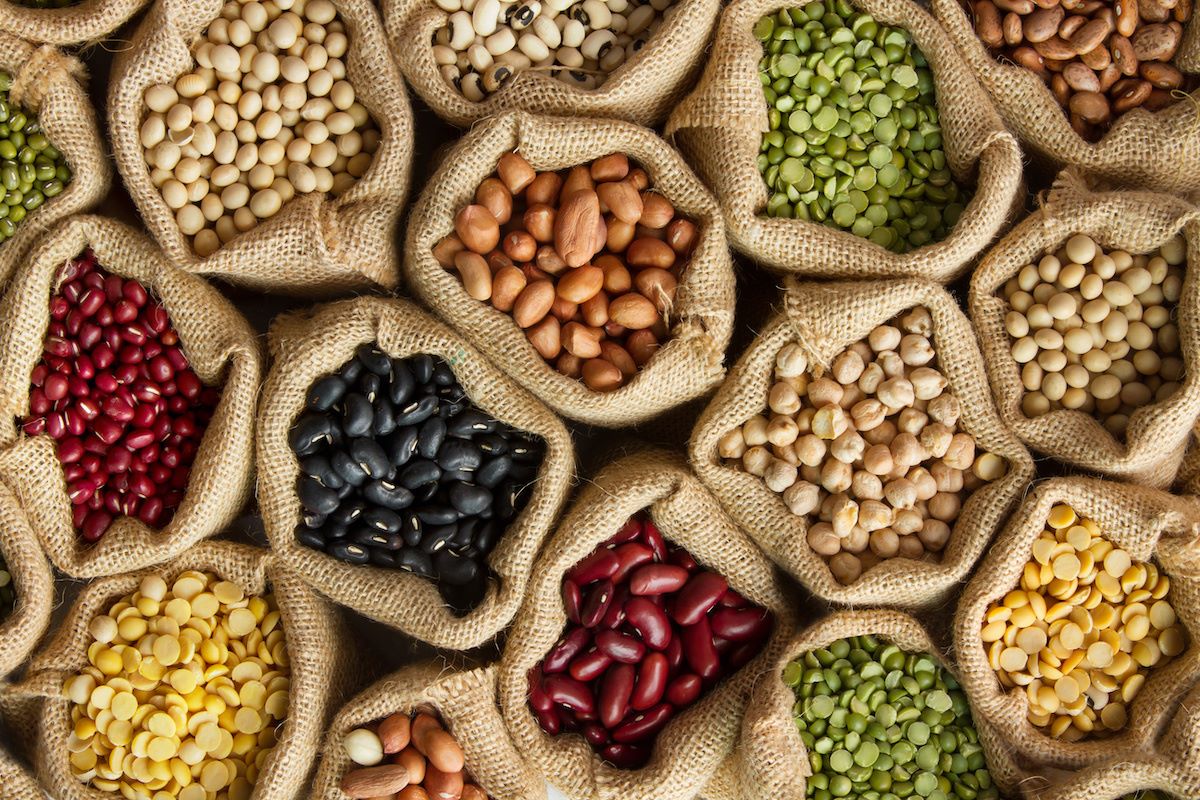
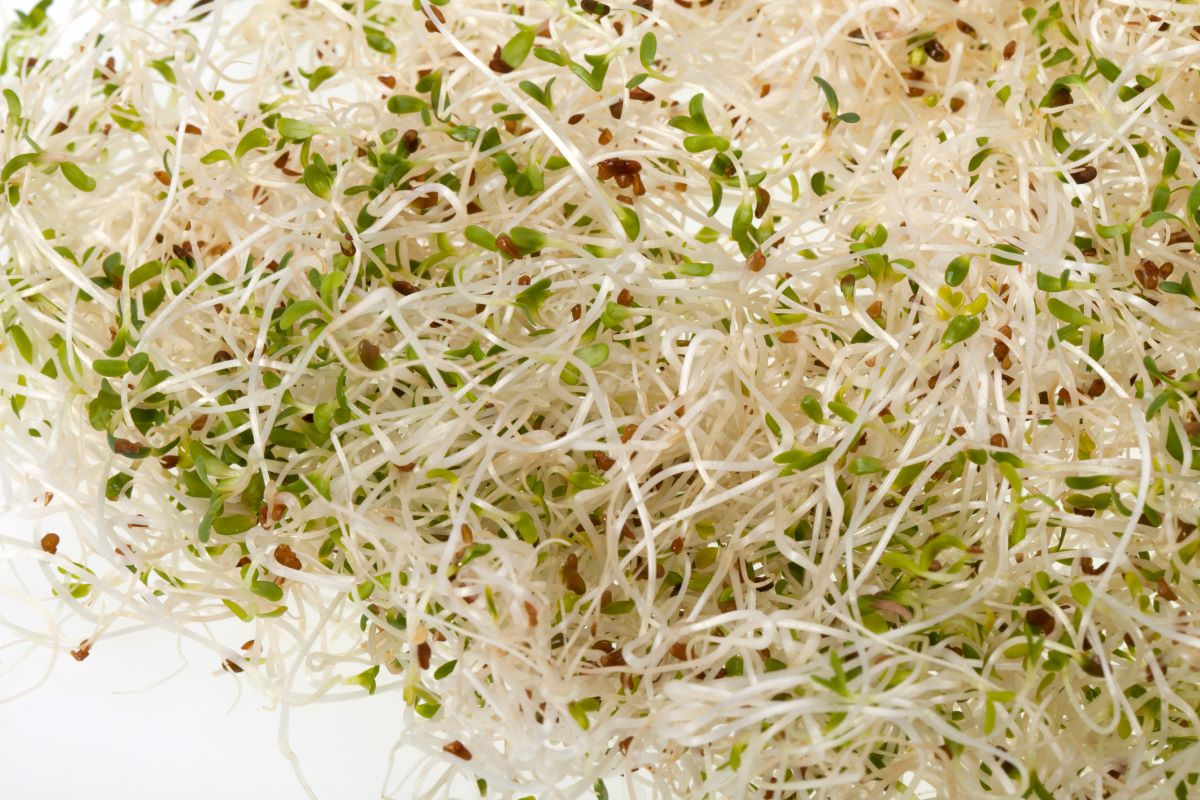

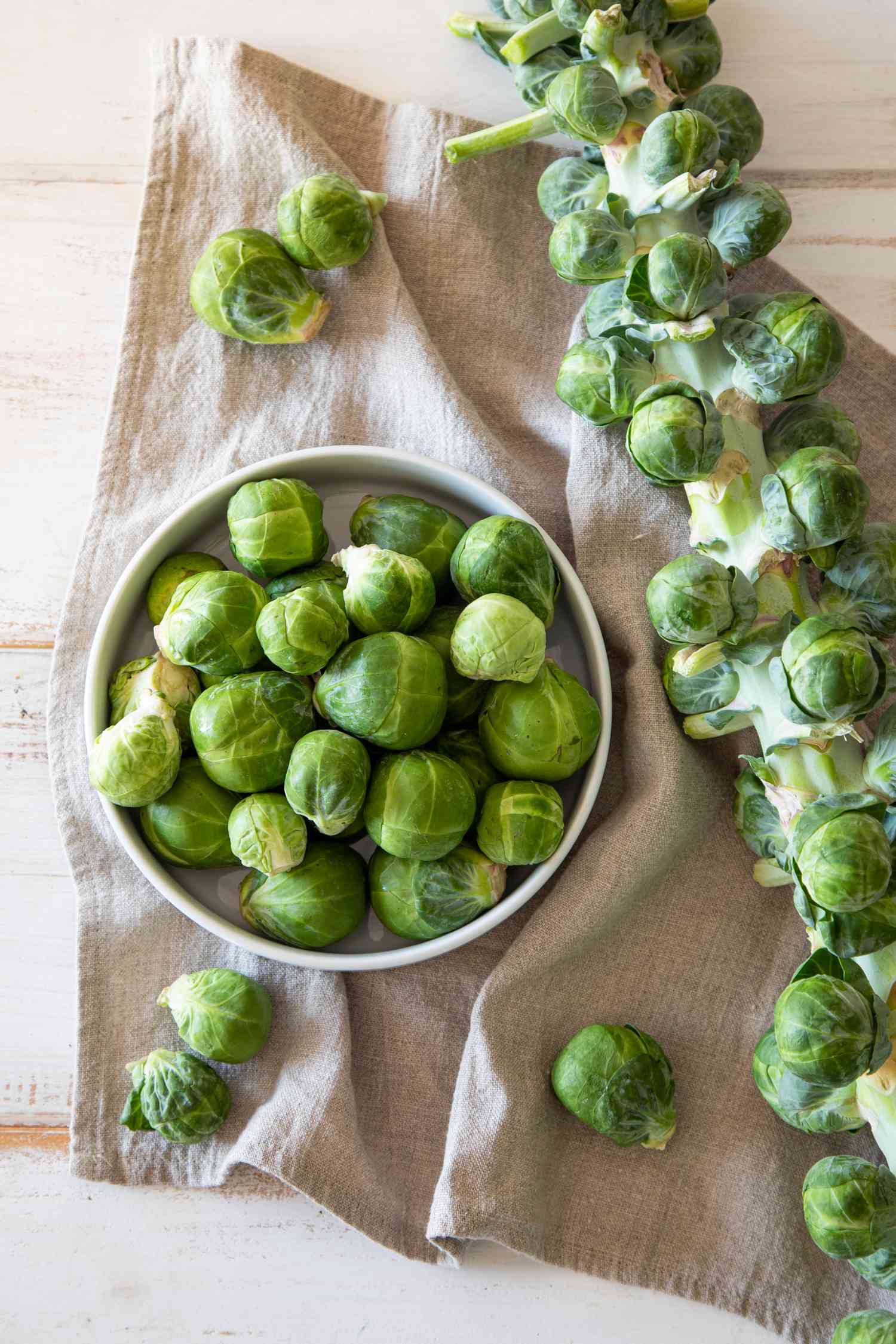
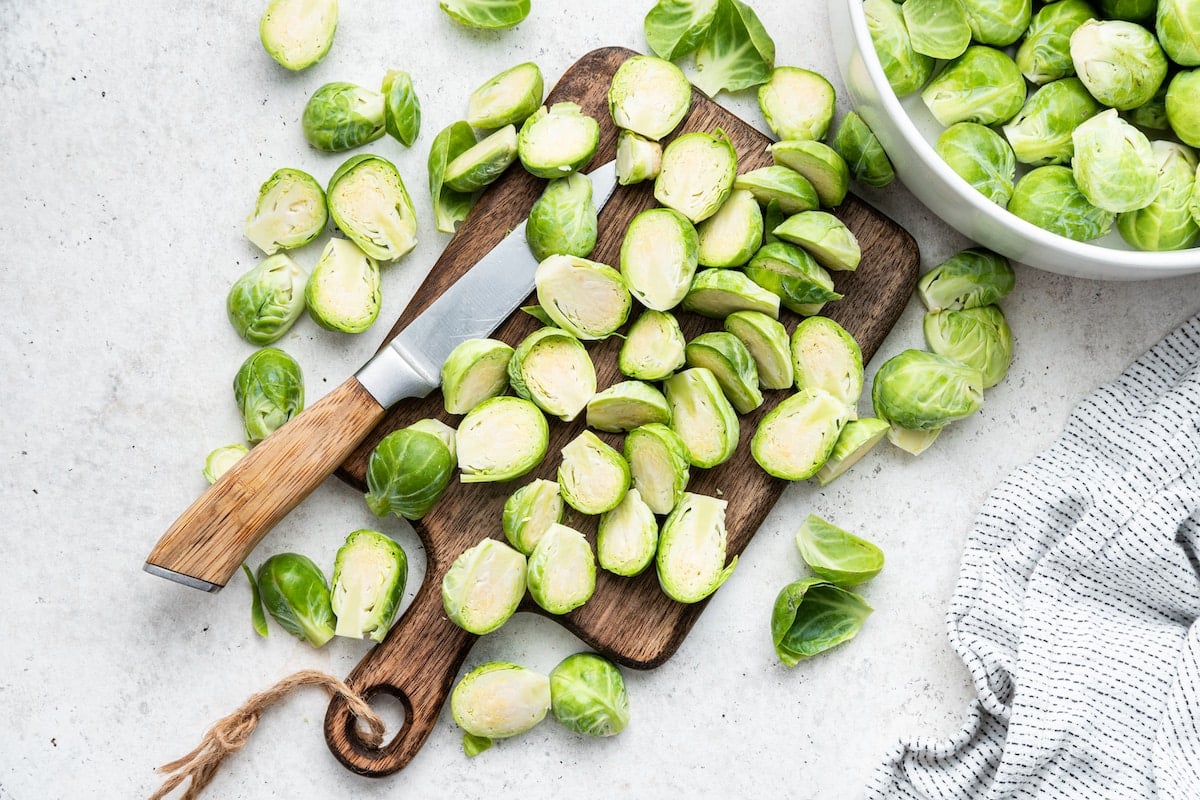
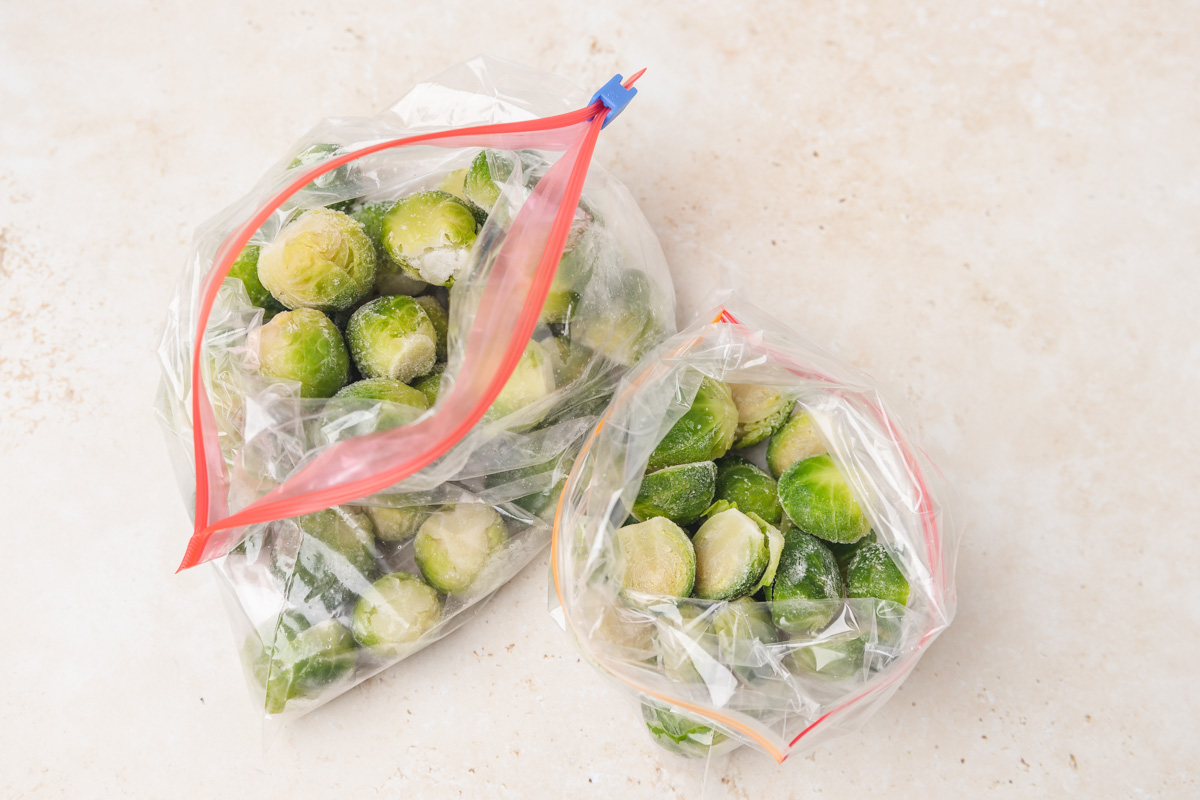
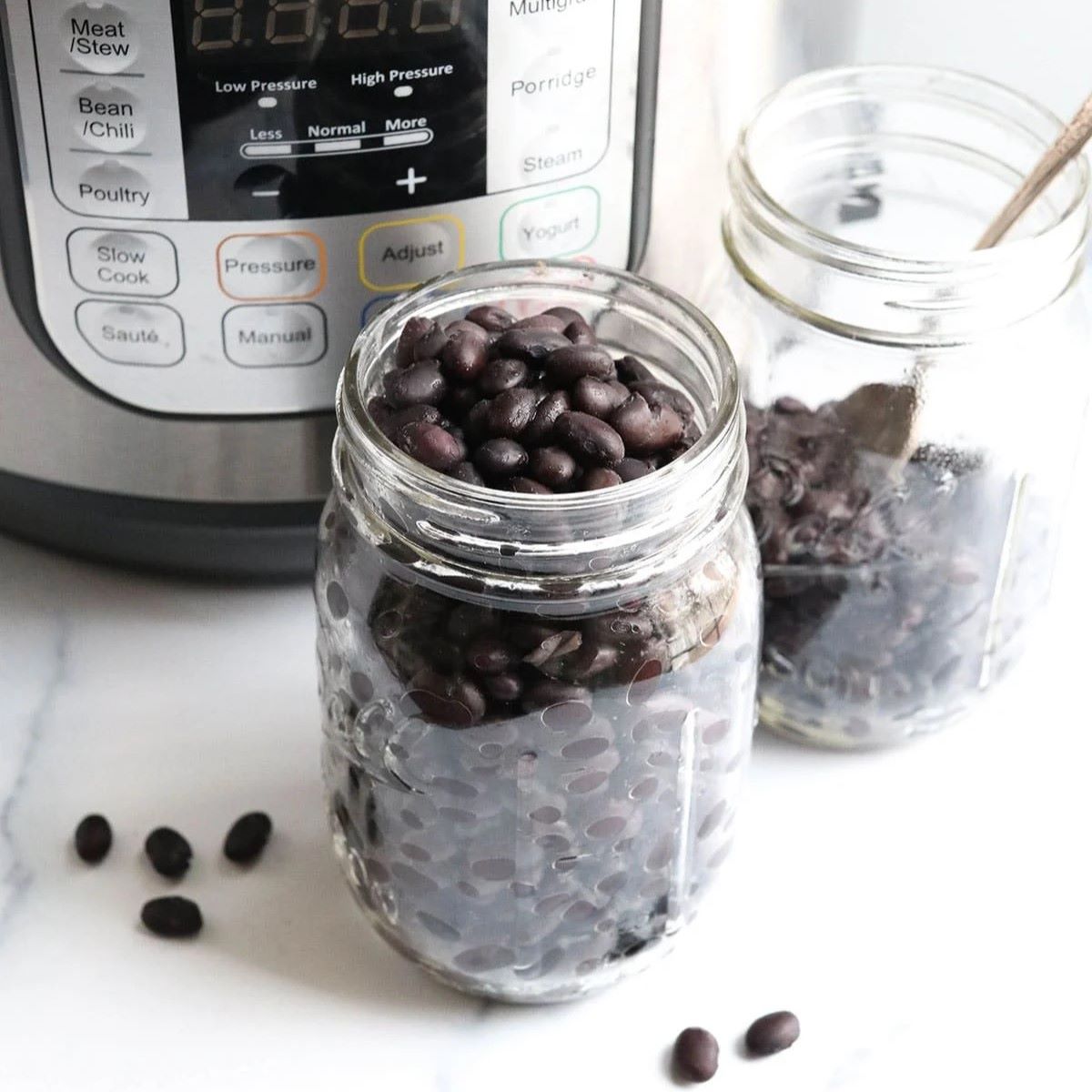
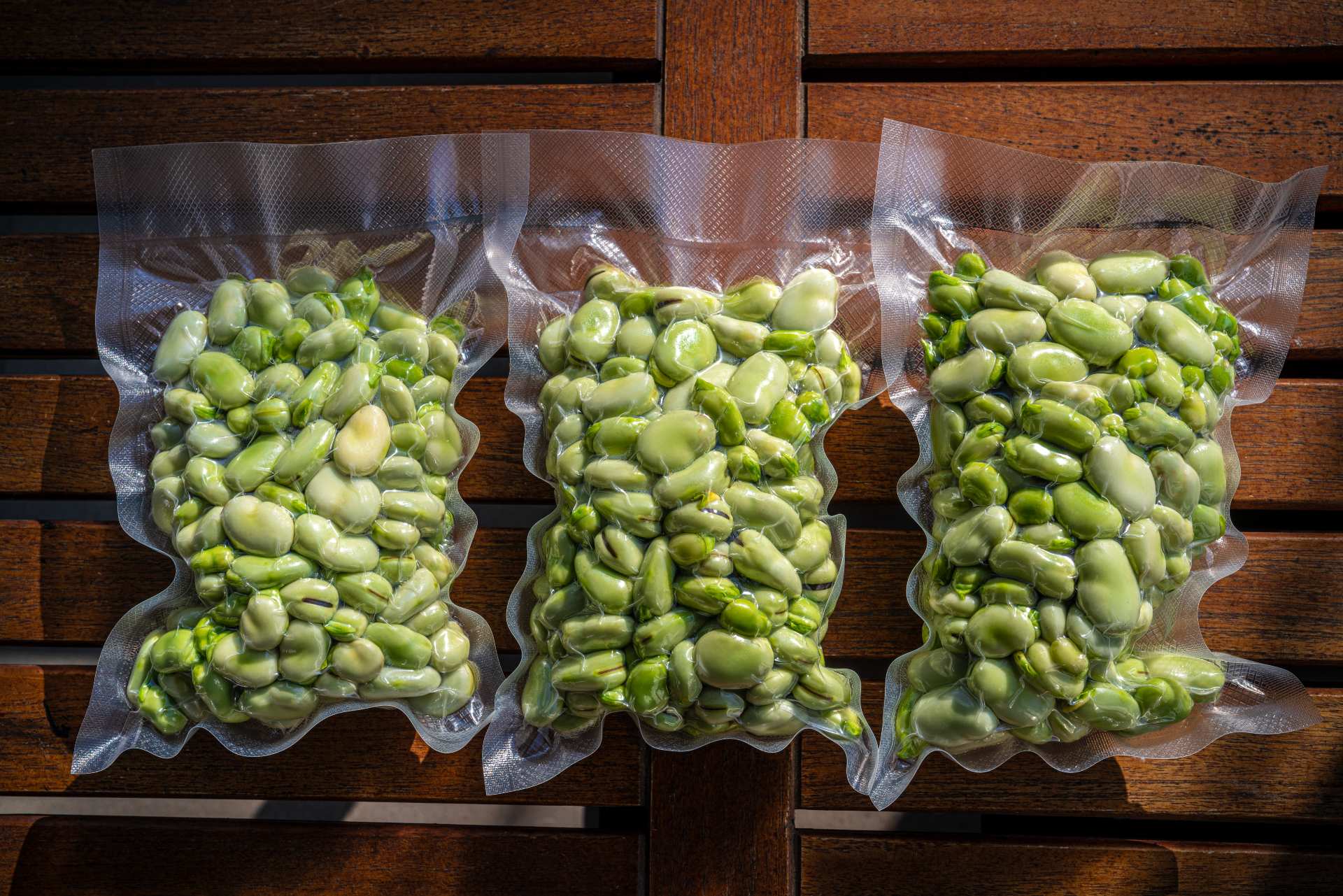


0 thoughts on “How To Store Bean Sprouts”